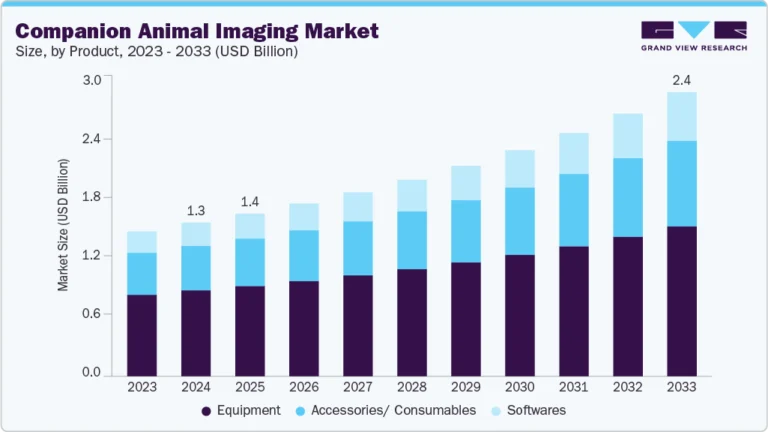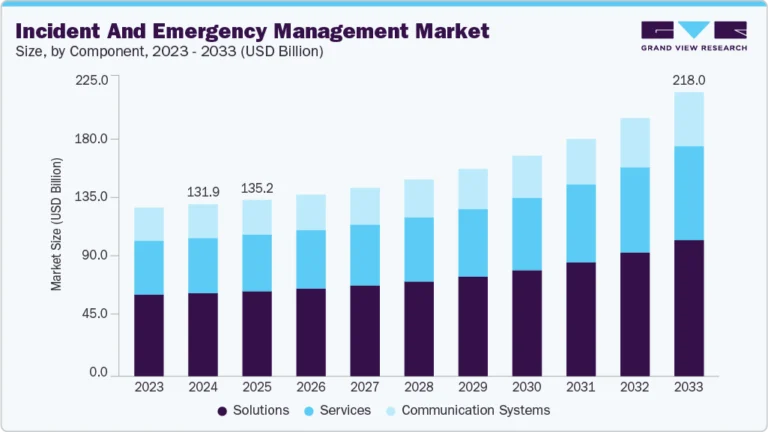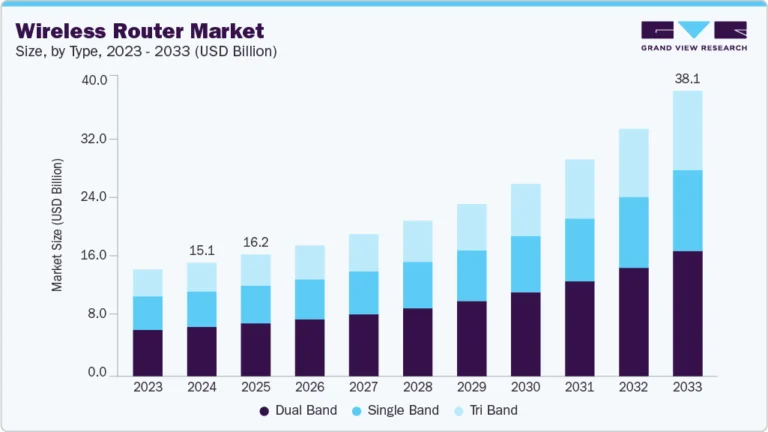Aviation Cyber Security Market Size, Share & Trends Analysis grow at a CAGR of 6.35% from 2024 to 2030

The global aviation cyber security market size was valued at USD 9.24 billion in 2023 and is expected to grow at a CAGR of 6.35% from 2024 to 2030. The market is expected to grow significantly over the next decade, driven by technological advancements, increasing cyber threats, and the continuous push for more secure aviation operations. Companies in this sector are investing heavily in research and development to stay ahead of emerging threats and to meet regulatory requirements. The integration of advanced technologies and the development of innovative solutions will be key to the market’s growth and effectiveness in safeguarding the aviation industry.
Request a free sample copy or view report summary: https://www.grandviewresearch.com/industry-analysis/aviation-cyber-security-market-report/request/rs1
The global increase in air traffic, driven by rising passenger numbers and the expansion of commercial aviation fleets, exposes more systems and data to potential cyber threats. In 2023, European airport passenger traffic surged by 19% from the previous year, reaching nearly 95% of pre-pandemic levels. Europe’s airports welcomed 2.3 billion passengers, just 5.3% below 2019 figures. International travel, particularly within the EU+, drove this growth. Smaller and regional airports outperformed, while larger hubs saw a slower recovery, primarily due to the slow return of corporate travel and Asian markets. As airlines and airports expand their operations, they require advanced cybersecurity measures to safeguard their growing digital infrastructure and ensure uninterrupted services. The anticipated growth in global air traffic further underscores the importance of investing in cybersecurity.
The development and deployment of next-generation aircraft, such as the Boeing 787 Dreamliner and Airbus A350, which are highly reliant on interconnected digital systems, amplify the need for robust cybersecurity. These modern aircraft incorporate advanced avionics, in-flight entertainment systems, and connectivity features that are vulnerable to cyber-attacks. Ensuring the cybersecurity of these sophisticated systems is critical for safe and reliable operations.
International regulatory bodies, such as the International Civil Aviation Organization (ICAO), the European Union Aviation Safety Agency (EASA), and the Federal Aviation Administration (FAA), have established stringent cybersecurity standards and guidelines. Compliance with these regulations is mandatory for aviation stakeholders, including airlines, airports, and air traffic management (ATM) providers. These regulations necessitate the adoption of comprehensive cybersecurity measures, thereby driving market growth.
Component Insights
The services segment accounted for the largest market share of over 50% in 2023. The growth of the segment is driven by the increasing complexity of cyber threats, regulatory compliance requirements, digital transformation, and the shortage of skilled cybersecurity professionals. The need for continuous monitoring, incident response, managed security services, and specialized training further fuels the demand for cybersecurity services. As the aviation industry continues to evolve and integrate advanced technologies, the reliance on comprehensive cybersecurity services will continue to grow, ensuring the protection and resilience of critical aviation infrastructure.
The software segment is expected to grow at a CAGR of 6.2% during the forecast period. The growth of the hardware segment in the aviation cybersecurity market is driven by the need to protect physical devices and infrastructure from increasing cyber threats, regulatory requirements, advancements in hardware security technologies, and the digital transformation of the aviation industry. Investments in aviation infrastructure, collaborative efforts, and increased awareness and training further contribute to the demand for secure hardware solutions.






